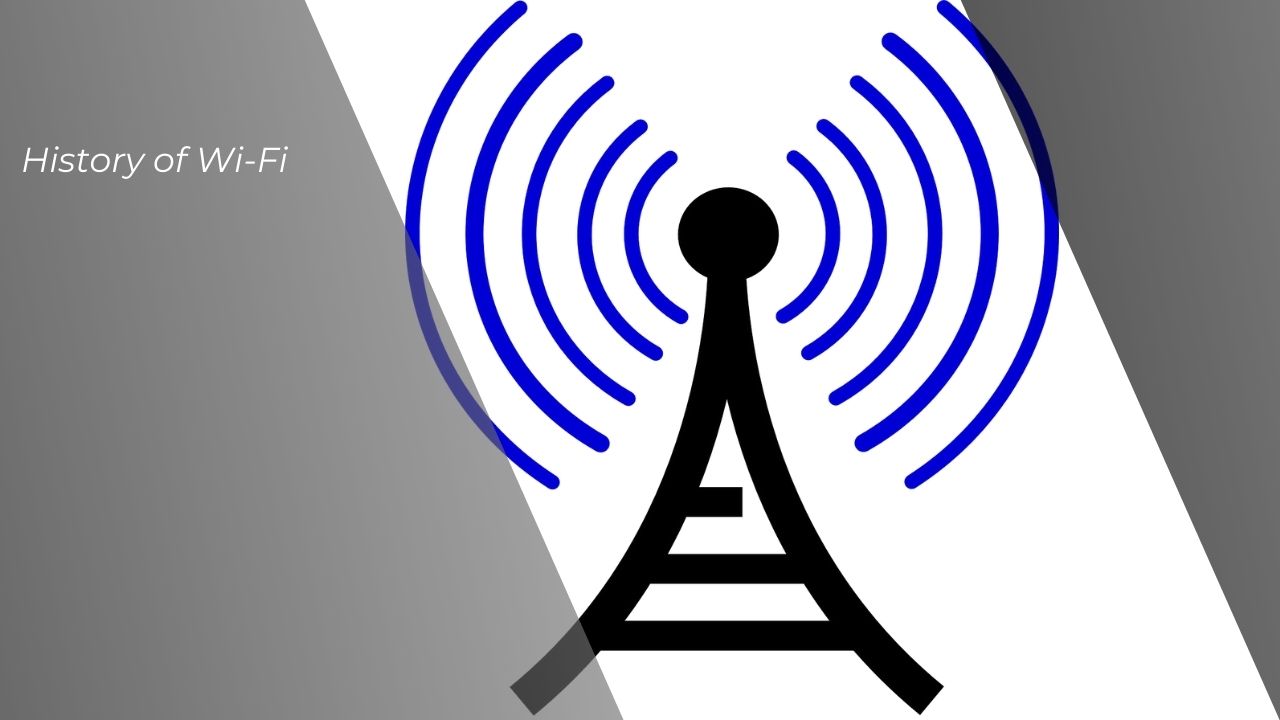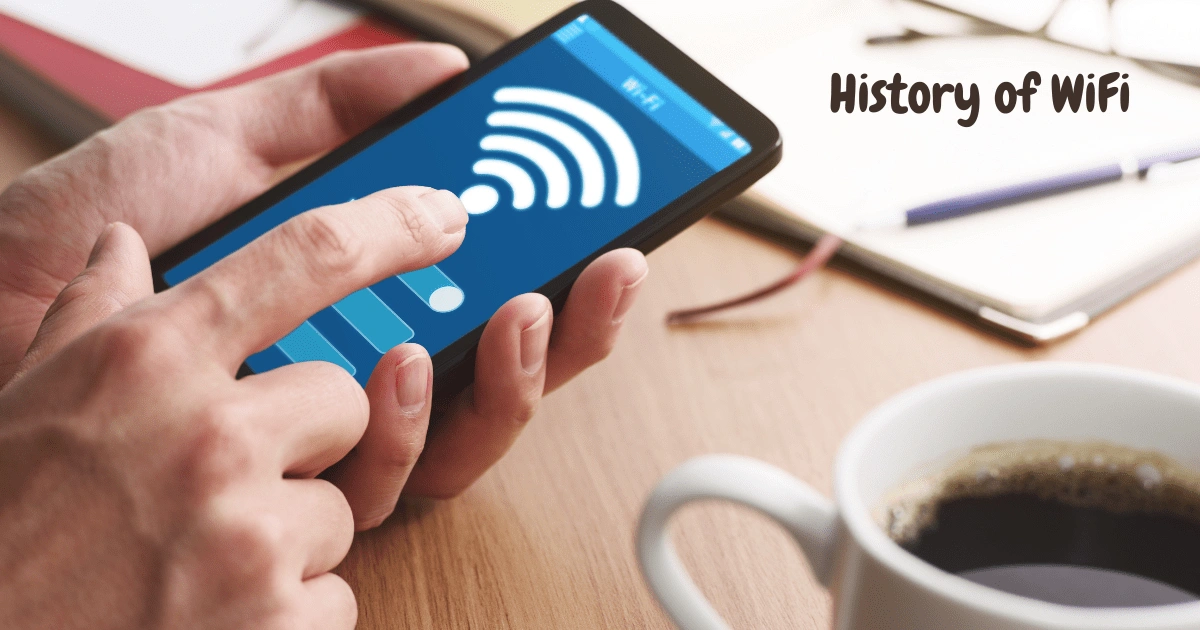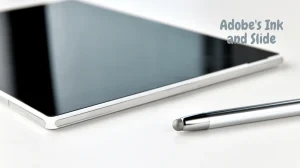History of WiFi might be the most interesting one to cover. Since its inception, WiFi has played an integral role in keeping us connected at home and in public.
But I guess not so many of us understand the history of one of the most important inventions of modern technology.
What was the full history behind WiFi technology? When was WiFi invented and how exactly does it work?
Also Read
So without further ado, let’s explore a complete guide of the history of Wifi!
Table of Contents
History of WiFi
The full history of WiFi cannot be separated from a project that developed at the University of Hawaii called ALOHAnet.
Back in the 70’s this ALOHAnet thingy revolutionized the internet world,from using cables to more convenient radio waves to make an internet connection possible.
Fast forward to the 90’s Vic Hayes, someone who is often called the “father of WiFi” and some of his smart colleagues started figuring out how to create a universal language for wireless networks.
And by the year of 1997 some folks who love a tongue-twisting acronym came out with the first official WiFi standard, the IEEE 802.11. And thus WiFi was invented and released to wider consumers.
Following this, a basic specification for WiFi was established, allowing two megabytes per second of data transfer wirelessly between devices. It might not be lightning-fast by today’s standards, but it surely was a massive breakthrough.
The Name “WiFi”

Imagine calling WiFi as IEEE 802.11? It would have been lame and hard to remember! But luckily a group called the Wi-Fi Alliance formed to make sure all Wi-Fi devices played nicely together.
They needed a name that was more memorable than that bizarre technical jargon. And somehow, somehow someone decided to use the name “WiFi” for this brand new technology (which is so rad after all!)
Late 1990’s Through Early 2000s
This timeline marks the early point of WiFi slowly creeping into our lives. Wi-Fi became integrated into laptops, and the Wi-Fi hotspots appeared in coffee shops and airports. Finally the internet is breaking free!
This cannot be separated from the fact that the Apple iBook, which was the first widely available laptop with built-in WiFi hit the market in 1999.
And since then everyone from students to office workers could experience the freedom of wireless internet without being tied to your desk and chair hunting for an ethernet port.
WiFi Now and Possibilities In The Future
Since its inception in the late 90’s WiFi has become a crucial part of the development of modern technology.
And since then, the WiFi technology has been on a constant upgrade mission, with new standards like 802.11g, 802.11n and the current 80.ac.
And thanks to these upgrades, WiFi significantly has brought the super-fast speeds and wider coverage that you can finally leave all of those grainy video calls and start enjoying high-definition shows on your favorite devices.
But the evolution and development of WiFi isn’t going to stop anytime soon and even holds more exciting possibilities.
Wi-Fi needs to be stronger and more effective with the growth of the Internet of Things (IoT), which connects everyday devices to the internet.
Upcoming technologies like Wi-Fi 6 and 6E promise even faster speeds and better handling of all those gadgets trying to connect at once.
So here it is, the brief history of WiFi in a nutshell. WiFi has been a crucial element of today’s society, with a vast array of uses whether it’s for basic household uses up to the more serious industry like military or space-exploring industry.











